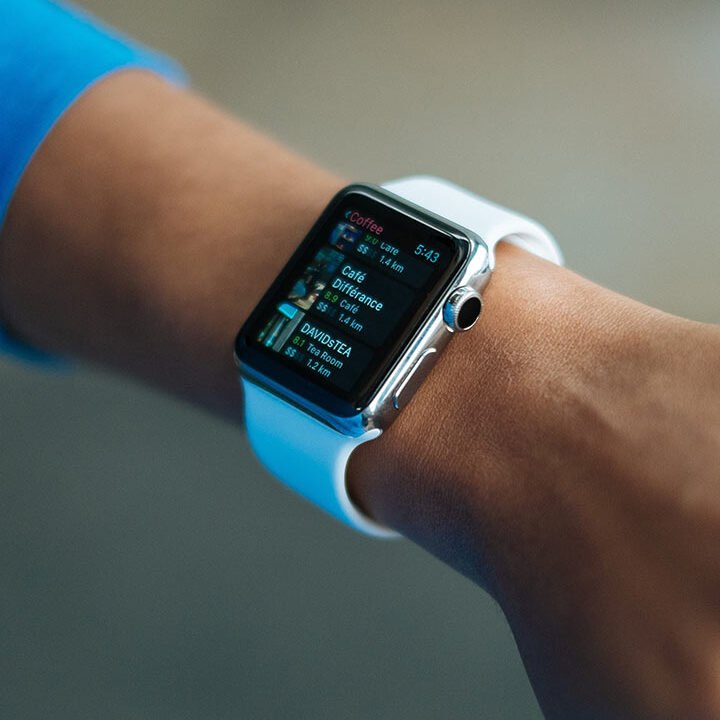Description
Custom Dashboard Design
What is Custom Dashboard Design?
Custom dashboard design focuses on creating interactive, data-driven interfaces that help users visualize and manage complex information efficiently. Dashboards aggregate key performance indicators (KPIs), analytics, and system controls into a single screen, making them essential for business intelligence, finance, project management, and real-time monitoring applications.
A well-designed dashboard provides users with clear insights, quick navigation, and real-time data visualization while maintaining an intuitive user experience (UX).
Key Features of Custom Dashboards
✔️ Data Visualization – Interactive charts, graphs, and tables
✔️ User Customization – Personalizable widgets, themes, and layouts
✔️ Real-Time Data Updates – Live data tracking for instant insights
✔️ Role-Based Access – Different views for admins, managers, and users
✔️ Integration with APIs & Databases – Fetching data from multiple sources
✔️ Filters & Drill-Down Capabilities – Dynamic data filtering and deep analysis
✔️ Responsive & Mobile-Friendly Design – Seamless experience across devices
✔️ Dark & Light Mode Support – Enhanced usability based on preferences
Types of Dashboards
1. Business Intelligence (BI) Dashboard
🔹 Purpose: Visualize company performance, sales, and financial data
🔹 Use Cases: CEO dashboards, financial tracking, revenue forecasting
🔹 Examples: Google Analytics, Tableau, Power BI
2. Project Management Dashboard
🔹 Purpose: Track project progress, team performance, and deadlines
🔹 Use Cases: Agile sprint tracking, Gantt charts, Kanban boards
🔹 Examples: Trello, Asana, Monday.com
3. E-Commerce Dashboard
🔹 Purpose: Monitor sales, customer trends, and order management
🔹 Use Cases: Inventory tracking, conversion rates, abandoned carts
🔹 Examples: Shopify Analytics, Google Merchant Center
4. IoT & System Monitoring Dashboard
🔹 Purpose: Track system performance, server uptime, and device status
🔹 Use Cases: Cloud infrastructure monitoring, energy consumption tracking
🔹 Examples: AWS CloudWatch, Datadog, Grafana
5. Marketing Analytics Dashboard
🔹 Purpose: Measure campaign effectiveness and user engagement
🔹 Use Cases: Social media analytics, SEO performance tracking
🔹 Examples: Google Data Studio, HubSpot, SEMrush
Custom Dashboard Development Process
1. Requirement Analysis & Wireframing
- Define key metrics and user roles
- Create low-fidelity wireframes using Figma, Adobe XD, or Sketch
2. UI/UX Design & Prototype Development
- Develop high-fidelity prototypes with interactive elements
- Focus on data hierarchy, color schemes, and accessibility
3. Choosing the Right Tech Stack
🔹 Frontend: React.js, Vue.js, Angular
🔹 Backend: Node.js, Django, Flask, Ruby on Rails
🔹 Databases: PostgreSQL, MongoDB, Firebase, MySQL
🔹 Data Visualization: D3.js, Chart.js, Recharts, Highcharts
🔹 Cloud Services: AWS, Google Cloud, Azure
🔹 APIs & Integrations: REST, GraphQL, WebSockets
4. Development & Integration
- Build custom widgets and interactive UI components
- Integrate APIs and databases for real-time data fetching
- Implement role-based access controls
5. Testing & Optimization
- Performance testing to ensure fast load times
- Cross-device and browser compatibility checks
- User feedback & iterations for improving usability
6. Deployment & Maintenance
- Deploy on cloud platforms (AWS, Firebase, Vercel, Netlify)
- Regular updates for new features, bug fixes, and performance improvements
Best Practices for Custom Dashboard Design
✔️ Minimalist UI – Avoid clutter by displaying only essential data
✔️ Color-Coded Indicators – Use colors to highlight trends (green for growth, red for decline)
✔️ Drill-Down & Filtering – Allow users to explore data at different levels
✔️ Interactive Elements – Make charts, graphs, and widgets interactive
✔️ Performance Optimization – Ensure dashboards load quickly even with large datasets
✔️ Dark & Light Mode – Provide theme options for better readability
Challenges in Custom Dashboard Design
⚠️ Handling Large Data Sets – Ensuring performance and smooth data rendering
⚠️ User Experience Complexity – Balancing detailed data with simplicity
⚠️ Cross-Device Compatibility – Making dashboards responsive on all screens
⚠️ Integration with Multiple Data Sources – Syncing databases, APIs, and real-time feeds









Reviews
There are no reviews yet.